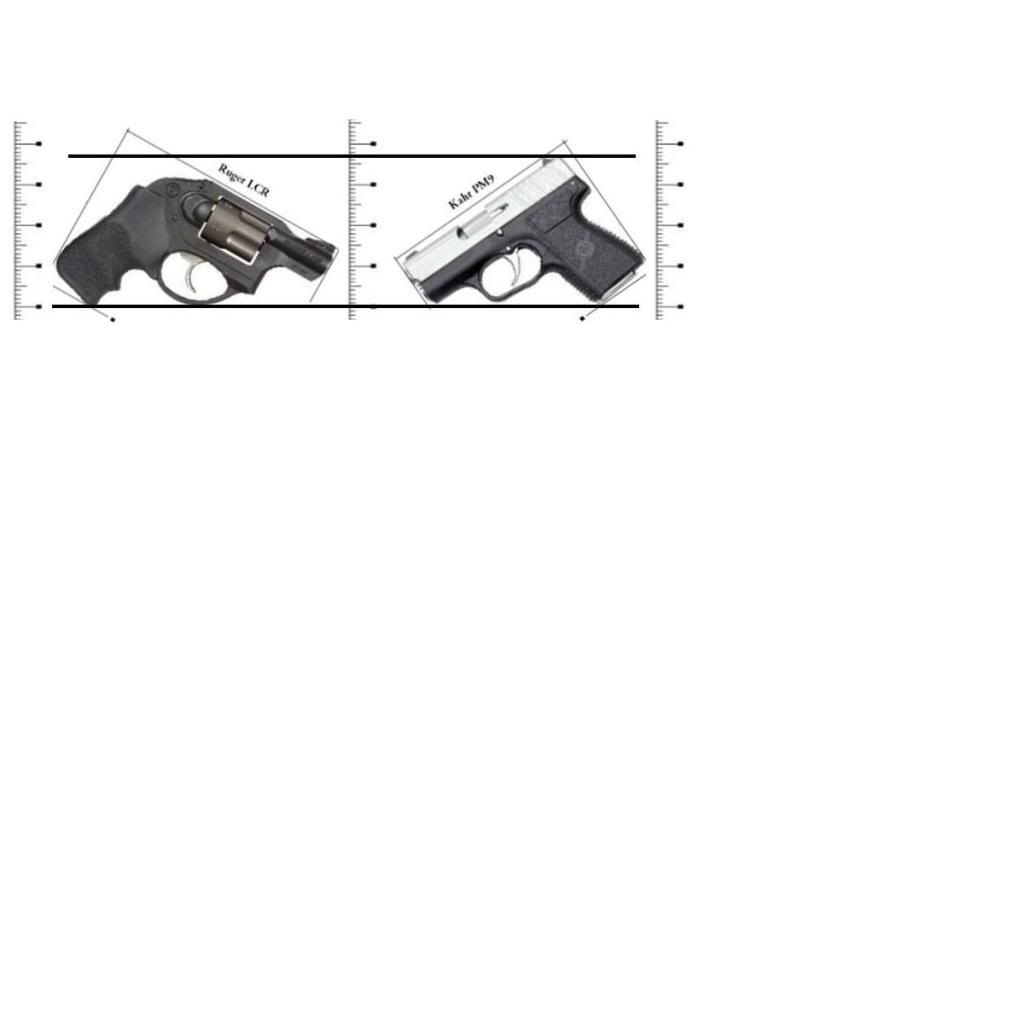I have had very good luck with reliability with a CM9 and a M&P 45C for my personal CCW.
The CM9 is for those days where I need to tuck in my shirt and for when I am
going for a quick run to the store
The CM9 fits the pocket carry role for me, but I am beginning to think differently
Recently I had the opportunity to shoot a LCR and using the pocket holster
found that I could pull the LCR from my pocket MUCH quicker than the CM9
This has started to bother me a bit, as there MAY be a situation where a fast draw may be needed.
I had a client that practiced using the "21 foot" test.
The 21 foot test is having someone start from a stop and run directly toward you and have you cleanly draw and protect yourself (obviously with an unloaded weapon)
21 feet may seem like a long way away, but it goes quickly
I do ok with an IWB setup but not so good with a pocket carry, and not so well with a semi auto, even a small one.
I can definitly draw from the pocket, but it isnt fast.
Looking back to the LCR, it actually has a taller height than the CM9 , and its longer as well.... It draws easier because of the more rounded top, and because when compared with the CM9 nose down, the height of the LCR is almost 1/2 inch less.
You can also see from this comparision that the backend of the semi is at an extreme angle that would lend itself to catch in the pocket.

The CM9 may be heading to IWB carry, and a LCR may be in the pocket soon
The CM9 is for those days where I need to tuck in my shirt and for when I am
going for a quick run to the store
The CM9 fits the pocket carry role for me, but I am beginning to think differently
Recently I had the opportunity to shoot a LCR and using the pocket holster
found that I could pull the LCR from my pocket MUCH quicker than the CM9
This has started to bother me a bit, as there MAY be a situation where a fast draw may be needed.
I had a client that practiced using the "21 foot" test.
The 21 foot test is having someone start from a stop and run directly toward you and have you cleanly draw and protect yourself (obviously with an unloaded weapon)
21 feet may seem like a long way away, but it goes quickly
I do ok with an IWB setup but not so good with a pocket carry, and not so well with a semi auto, even a small one.
I can definitly draw from the pocket, but it isnt fast.
Looking back to the LCR, it actually has a taller height than the CM9 , and its longer as well.... It draws easier because of the more rounded top, and because when compared with the CM9 nose down, the height of the LCR is almost 1/2 inch less.
You can also see from this comparision that the backend of the semi is at an extreme angle that would lend itself to catch in the pocket.

The CM9 may be heading to IWB carry, and a LCR may be in the pocket soon
Last edited:
